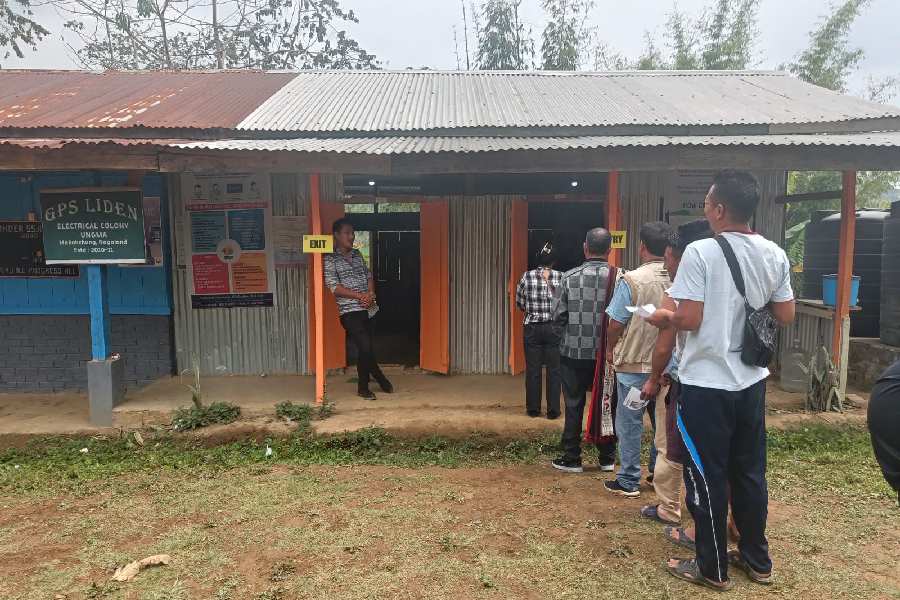Of late, the members of the various WhatsApp and Facebook groups have begun objecting to forwarded messages, especially those that contain images or videos. Their contention is you don’t know the source of the image and sometimes the picture is downright fallacious. So how does one find out the source and authenticity of an image that is doing the rounds on social media?
There is another aspect to this problem. Online dating is extremely popular these days. There are a number of dating sites and dating apps that make it easy for people belonging to either sex to meet their significant others online. But one has to be aware of the predators out there. The man who seemingly has it all, good looks, humour, urbanity may actually be the proverbial wolf.
Reverse search is the way to go to verify any photograph, WhatsApp image, screenshots or memes. Toronto-based TinEye is a company that is known for its reverse image search engine. They are also experts in computer vision, pattern recognition, neural networks and machine learning. It is the first image search engine to use image identification technology rather than using keywords, metadata or watermarks.
Just go to `www.tineye.com` in your browser and upload the image or enter the image URL, or simply drag and drop the image to start your search. You can do it from your computer as well as your mobile device.
When you upload an image on the page, TinEye will create a digital fingerprint of the image and match it with other indexed images even if they have been heavily edited.
TinEye has a huge index of images and constantly crawls the Interet to update it. You can submit an image and find out where it came from, how it is being used or if it has been modified in any way and how. It is a cool way to debunk an image and the best way to spot fake news pictures.
The engine is free to use for non-commercial purposes but if you want to run a detective agency with its help, then you have to pay. It has an API (application programming interface) for integrating with your own website or system. It will not just return similar matches and it does not recognise the content of an image. This means that it cannot locate images with the same people or things in them. The images you upload and search for are hosted anonymously on the Internet and other users cannot find them. All the uploaded photos are automatically deleted within a few hours.
TinEye is not only about addressing your personal concerns. It is extremely useful for companies who want to track their proprietary images to see how their images are being used and where they are appearing online. You can also find out who is plagiarising your photos. Once you log in, TinEye will provide daily screenshots of image usage. While it crawls through the Net only you can see your images and where they have been found. You can upload images in bulk too.
The best way to use TinEye on the fly is to install an extension to your browser. Extensions are available for Chrome, Safari, Firefox and Opera. Just right-click on a picture you come across on the Net and select ‘Search image on TinEye’.
Of course, you can do this reverse image search on Google too by clicking on Images and uploading a picture or pasting the URL, but I found TinEye to be much better because Google threw up a lot of irrelevant stuff and I could not pinpoint who was using my images and in what way.










